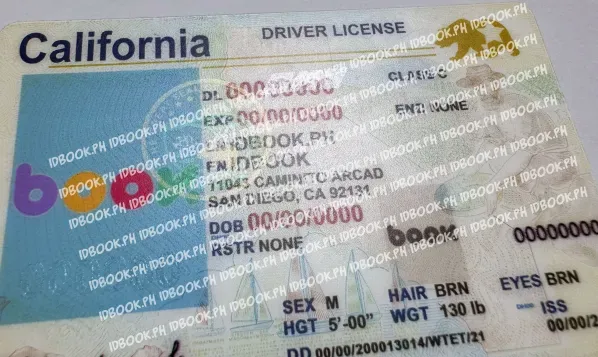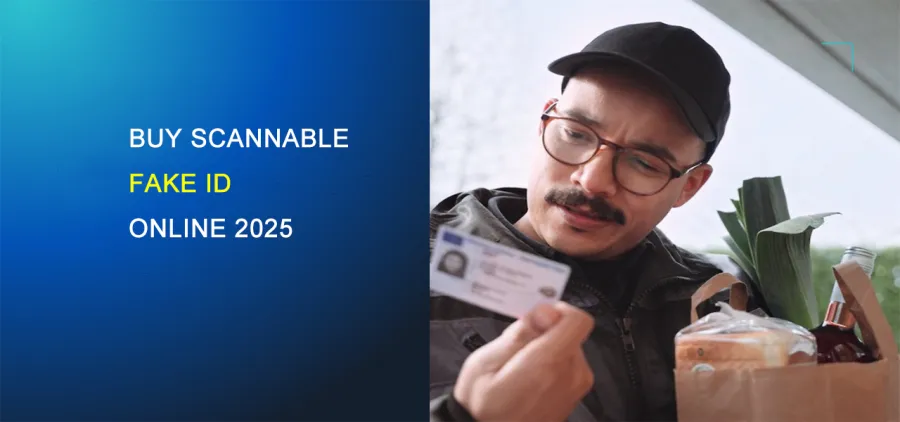Introduction
With the growing demand for scanning fake identification cards, scammers can use technology to create IDs that easily bypass electronic verification systems. The reasons are complex, ranging from underage drinking to voting. Bars, nightclubs, and other industries face challenges. The impact of scannable USA fake IDs by 2025 will be tremendous.
Understanding Demand
Legal restrictions are often meant to be bypassed, which is the reason behind the high demand for illegal IDs. The demand spans beyond teenage drinking to include age restrictions on video games, social security numbers, and even election voting. The national fight for data security needs to be a priority. Simply putting an ID for sale without proper identification makes it easier for anyone, as seen in online children's games.
Improvements in Technology in 2025
- High-Resolution Printing & Advanced Materials
Holograms and other UV concealed features are constantly updated for scanning fake ID detection. As a result of these advanced features, ID printing has become effortless. Fake identification cards are incredibly difficult to identify due to concealed features designed for scanning fake ID detection.
- Overwhelming Fingerprint Scanning Detection and Voice Verification
Modern counterfeit identification cards are faster at replicating and replacing fake holograms and UV printing processes, making them tougher to check with the naked eye or standard scanners. Scannable Barcodes & Magnetic Strips also aid in reproducing fake IDs that can withstand scanning surveillance. AI-powered tools are used to create fake IDs, and Fake Identity Services on the Dark Web have made these fake IDs even harder to manage. As opposed to just designing fake IDs, advanced methods now include selling social security numbers and entire identities over the dark web.
- Legal & Ethical Implications
Possessing or designing a fake ID, regardless of intent, is illegal and carries negative legal consequences such as fines or imprisonment. Legal jurisdictions in most places treat this as a criminal offense. Beyond the legal consequences, there are significant ethical issues surrounding the use of fake IDs. They can be dangerous, as they are sometimes used to commit fraudulent acts, and may also undermine trust in systems that rely on identity authentication, such as voting and age-restricted activities.
What Are Scannable IDs?
Scannable fake IDs are a new version of counterfeit IDs that can easily bypass scanners because they contain integrated features designed to deceive them. Unlike traditional fake IDs, which had a higher chance of being caught, scannable fake IDs include data and security features similar to those found on legitimately issued ID cards.

What Makes an ID “Scannable”?
Scannable fake IDs are those that include data in the form of barcodes or magnetic strips, enabling them to be cleared by electronic devices used for identification. They are designed to appear as genuine IDs, making them difficult to detect using traditional methods.
Buying Fake IDs Online
As the world shifts to digitization, it is much easier to buy fake IDs than before. The newly designed IDs are made through sophisticated printing technologies and incorporate scannable features, including barcodes and magnetic strips. Here’s how people typically go about buying fake IDs online:
How Online Fake ID Marketplaces Work
- Customers Place Orders Online
Buyers enter their names, birthdates, and photos into websites that offer fake IDs and pay for them using their credit cards.
- Payment is Processed Anonymously
Most buyers of fake IDs use Bitcoin and other cryptocurrencies to ensure their identities cannot be traced.
- Fake IDs Are Manufactured and Shipped
Counterfeiters use specialized printers to embed security features and high-resolution images to create fake IDs. After receiving payment, they ship the IDs directly to the buyers.
- Fake ID Forums and Review Networks
Buyers who purchase these fake IDs often trust blindly in reviews and forum recommendations, without checking the vendor’s reputation in detail.
Types of Online Fake ID Marketplaces
Surface Web Vendors
- Examples: Sellers on Instagram, storefronts on fake ID websites.
- Pros: Some suppliers have reviews, and they are relatively easy to use.
- Cons: There are scams, and quality control is often minimal, meaning the IDs are usually of low quality.
Dark Web Marketplaces
- Examples: Tor and encrypted Telegram group markets.
- Pros: These markets offer better quality materials for sale and accept payments that remain anonymous to the seller.
- Cons: Users must know how to navigate the dark web, and there is a high risk of being caught by law enforcement.
